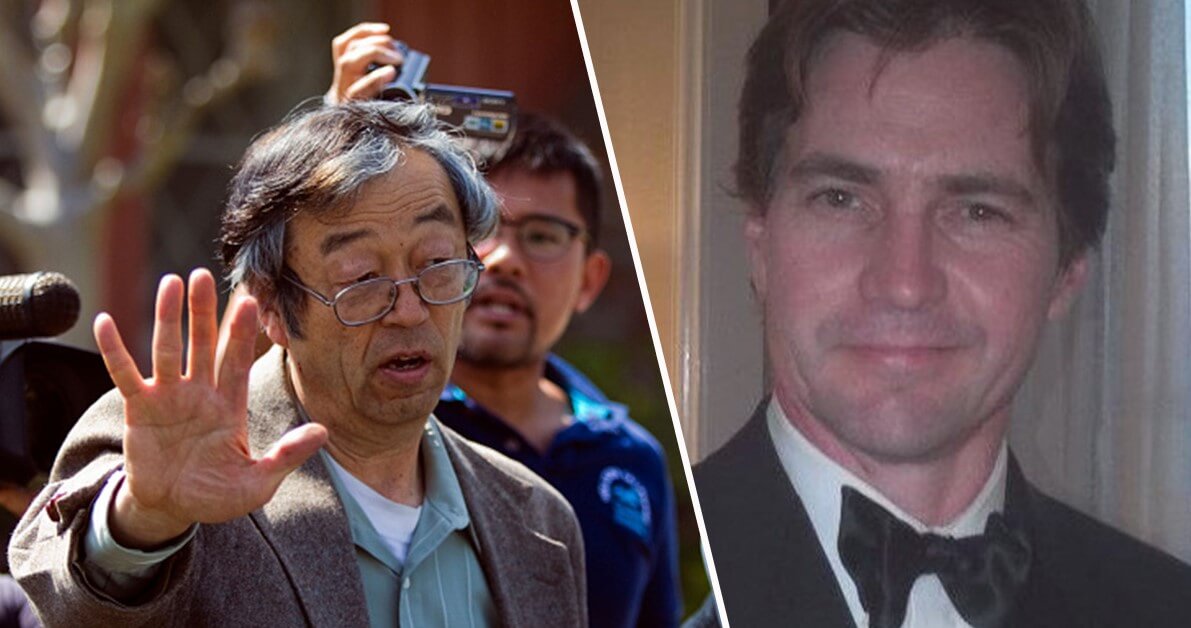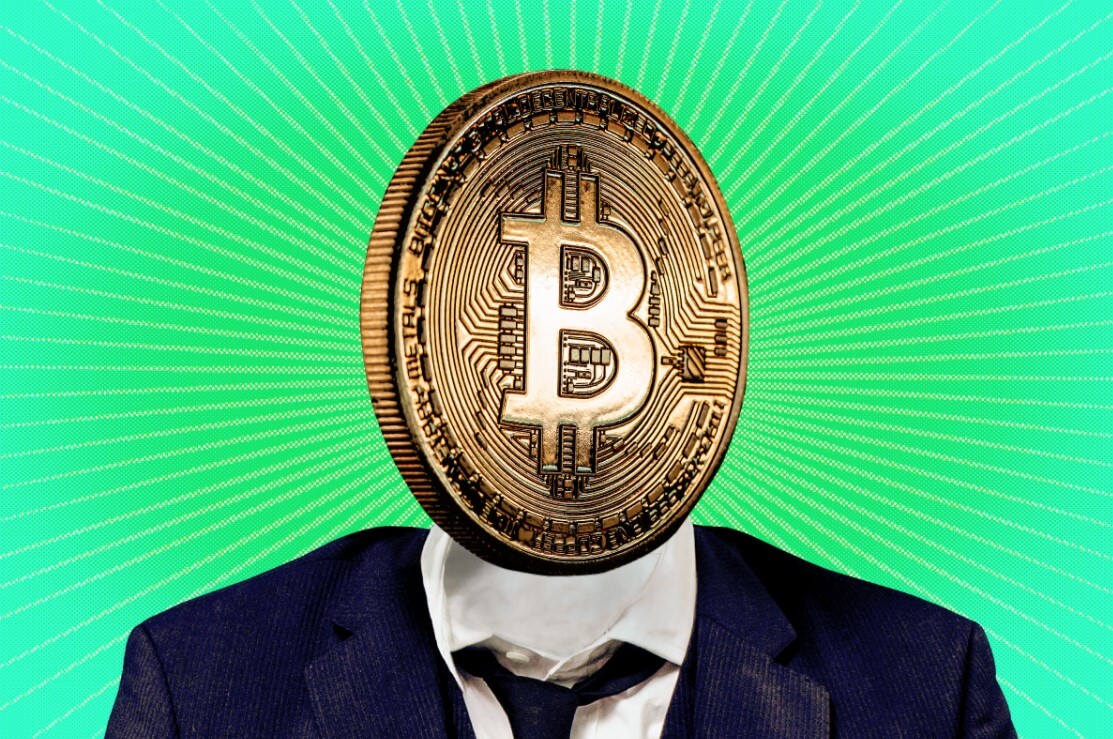Satoshi Nakamoto is the known and recognized creator of Bitcoin. And even if we don’t know who Satoshi Nakamoto is or was, we do know what he has done. He or she (or they) invented the bitcoin protocol and published it in a scientific paper through the Cryptography Mailing List in October 2008.
No one knows his or her identity, which makes this all the more mysterious. We will refer to Satoshi as “he” going forward in this article. Satoshi’s identity is a topic that always arouses curiosity. It is for this reason that we publish this article echoing the information that exists to date. In 2009 he published the first version of the bitcoin client and participated with others in the project until his presence began to dilute towards the end of 2010.
He worked with others at first although he took great care not to make personal information visible and the last one he knew of him/her was in the spring of 2011 when he said that “he was to other things”.
But it’s Japanese, isn’t it?
“Satoshi” means “clear, witty, wise thinking”.
“Naka” can mean “mean, relationship”.
“Moto” can mean “origin or creation”.
We can’t know for sure if he was Japanese or not, not even his gender, age, or any other data. We might even be talking about a group of people, instead of a single individual.
Does anyone know who Nakamoto is?
No, but the conclusions people draw when they start to investigate can lead to even more intriguing information. Joshua Davis of the New Yorker believes that Satoshi Nakamoto is Michael Clear, a cryptography student at Trinity College in Dublin.
He drew this conclusion after analyzing 80,000 words from Nakamoto’s writings and looking for grammatical coincidences. He also suspected Finnish sociologist, economist, and video game developer Vili Lehdonvirta. Both have denied being the creators of bitcoin, making it public to Michael Clear at the 2013 Web Summit.
Fast Company’s Adam Penenberg contradicted that information by claiming that Nakamoto was three people:
“Neal King, Vladimir Oksman and Charles Bry”.
He came to this conclusion by writing loose phrases from Nakamoto’s scientific article on Google to see if they were used anywhere else. One of them, “computationally impractical to reverse”, turned out to be part of a patent application filed by these three people, regarding a system to update and distribute encryption keys.
“… the outputs of which are fixed-size strings that are computationally
impractical to reverse-map. In this manner, the shared secret …”
The bitcoin.org domain originally used to publish the scientific paper created by Satoshi had been registered three days before the patent request.
It was registered in Finland and one of the patent authors had traveled there six months before the domain was registered.
 All of those “involved” deny it.
All of those “involved” deny it.
In any case, when the bitcoin.org domain was registered on August 18, 2008, he/she who registered it used a Japanese anonymous registration service and the hosting used a Japanese ISP. The registration of the site was then transferred to Finland on 18 May 2011.
It is curious that the domain with extension “.com” (usually the most desired, bitcoin.com) was registered on January 4, 2008… Maybe it’s just chance. Currently, Bitcoin.com is owned by Roger Ver.
Others think it was Martii Malmi, a developer from Finland who has been involved in bitcoin development from the start, creating its user interface.
In May 2013, internet pioneer Ted Nelson added more fuel to the fire by stating that Satoshi could be Japanese mathematician Shinichi Mochizuki, although he admits that the evidence is circumstantial at best.
In February 2014, Leah McGrath Goodman of Newsweek claimed to have found the real Satoshi Nakamoto. Dorian S Nakamoto has since denied knowing anything about Bitcoin, coming to hire a lawyer and making an official statement.
Hal Finney, Michael Weber, Wei Dai, and other developers are among the names that occasionally come to light in media reports and discussions in online forums as potential “Satoshis”.
A group of forensic linguists from Aston University believes that the real creator is retired law professor Nick Szabo, based on the analysis of the scientific article on bitcoin.
Dominic Frisby, a comedian, and writer also suggests that Szabo is the strongest candidate to be Satoshi in his book “Bitcoin: The Future of Money”.
His detailed analysis takes into account the linguistic factors of what Satoshi wrote as well as his knowledge of C++ and his likely birthday date.
To a large extent, all of these potential Satoshi candidates have insisted that they are not the creators of bitcoin.

Michael Weber hasn’t answered yet.
Some even think that Bitcoin has been the creation of 4 leading technology companies. This is because the name of Satoshi Nakamoto carries within it clues to them: SAmsung, TOSHIba, NAKAmichi, and MOTOrola.
Jed McCaleb, a lover of Japanese culture living there who created Mt. Gox and co-founded Ripple and later Stellar, has also been targeted.
Another theory suggests that scientists Donal O’Mahony and Michael Peirce are Satoshi Nakamoto, based on a scientific paper of which they are authors and which deals with virtual payments together with Hitesh Tewari, based on a book they published together. O’Mahony and Tewari also worked at Trinity College, that is, at the same site as Michael Clear.
Israelis Dorit Ron and Adi Shamir of the Weizmann Institute recanted allegations made in an article suggesting a link between Satoshi and Silk Road, the black market dismantled by the FBI in October 2013. They suggested a link between an address that supposedly belonged to Satoshi and the site.
Security investigator Dustin D. Trammel owned the address and was said to be Satoshi. Either way, others think he wasn’t even Japanese. His English, in the texts he wrote, shows typical idiomatic nuances of a native English.
What do we know about him?
One thing we know, based on interviews with people who have worked with him/her in the early stages of bitcoin development is that their system is very well thought out. His coding skills were unconventional, according to developer Jeff Garzik, as he did not apply the same tests on the code you would expect from a classic computer engineer.
How many bitcoins could he have?
In an analysis made by Sergio Lerner, an authority in the world of Bitcoin and cryptography, it was suggested that Satoshi mined most of the first blocks of the network and that he could have a fortune of about a million bitcoins.
What is he doing now?
No one knows what Satoshi is currently involved in. But in one of the last emails he sent to a developer, dated April 23, 2011, he said, “I’ve moved on to other things. He’s in good hands with Gavin and the rest.”
Does he work for the government?
Although there are rumors that Satoshi may work for one of the “three-letter” intelligence agencies (CIA, FBI, etc.), or maybe even some shadow organization looking for a common currency to dominate the planet, developer Jeff Garzik makes it clear:
“Satoshi published an open-source system so that no one needed to know who he was or what knowledge he had. Open-source software makes it impossible to hide secrets. Source code speaks for itself.”
In fact, he was smart to use a pseudonym. This, then, forces people to focus on the technology itself rather than the person behind it.
Today, Bitcoin is much bigger than the figure of Satoshi Nakamoto. It doesn’t matter who it is for many anymore. Its initial code has been improved thanks to the effort of some of the best brains on the planet working collaboratively. The work has been done in a totally altruistic way daily making this technology better and better.






